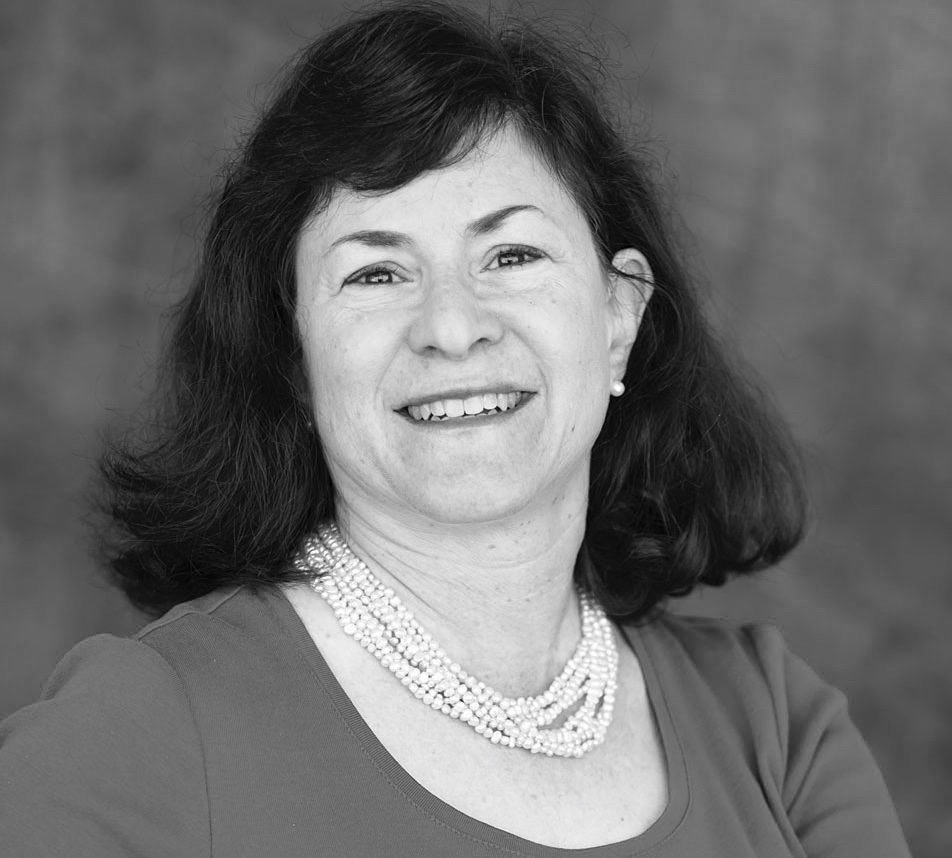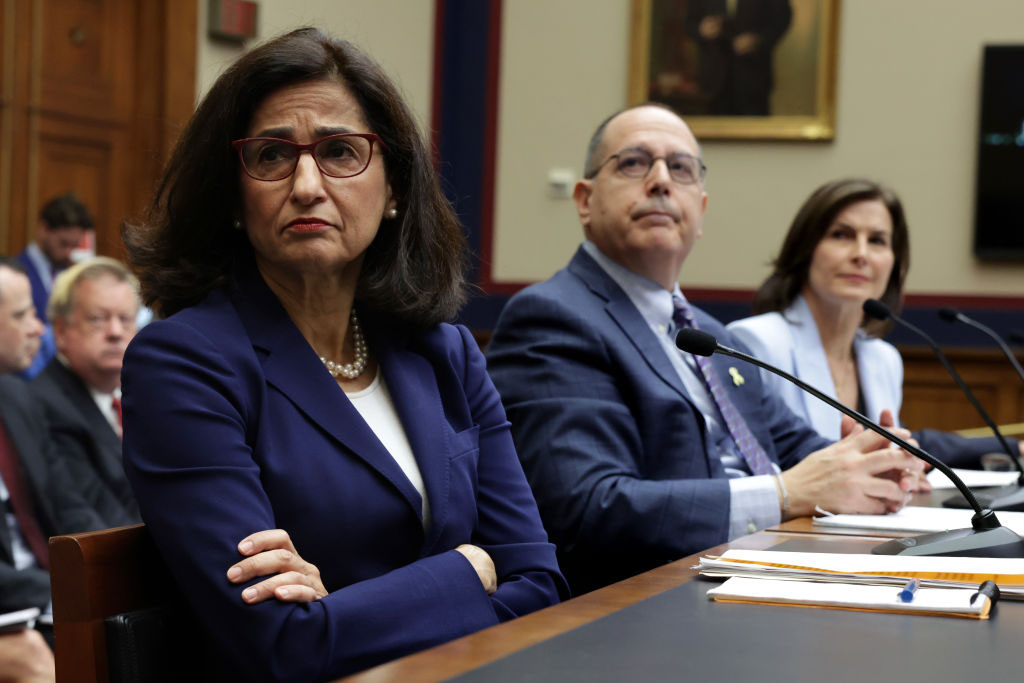Ben Azzazi taught: “Do not disdain any person. Do not underrate the importance of anything – for there is no person who does not have his hours, and there is no thing without its place in the sun” —Pirkei Avot
The word “inclusion” in a special needs context can mean many different things – for example, it can mean a physically accessible environment with ramps and elevators, which is very important to those with physical disabilities if they want to be able to literally come through the front door. It can mean having large print siddurim for persons with vision-impairments or having access to assistive learning devices for those who are hard of hearing or deaf. For children and adults who have behavioral challenges, it can mean being more tolerant of strange noises or gestures.
However, for most people with special needs and disabilities, the word “inclusion” is far broader. To quote my friend and mentor Shelly Christenson from Minneapolis and the author of
The Jewish Community Guide to Inclusion of People with Disabilities
“Inclusion is the opportunity for people of any and all abilities to participate in meaningful ways within their community. The key word is meaningful.”
Throughout Jewish communities in North America (and in Israel too), there are certainly more programs and services than ever before to include Jews with special needs (and their families), but all too often the efforts are fragmented, under-funded, and kept segregated from the “regular” programming for lack of a better word. Real inclusion goes much deeper than a special program; to be truly successful, inclusion must permeate every aspect of the institution.
For me, it is all about having a warm heart and an open mind.
Our 16-year-old son, Danny has multiple disabilities including cerebral palsy, and loves going to our synagogue, Beth Am, every Saturday morning. Is it because of the lovely special needs service called Koleinu (“Our Voices”) which takes place every two weeks with a gifted and trained Jewish educator? Is it the chocolate doughnuts served at the kids services? Or is it the security guard I will call Mr. M?
Mr. M is not a special education teacher. He is not a rabbi. He’s not even Jewish. But he knows how to light up Danny’s face by saying, “Shabbat Shalom Danny Wolf—give me a high five” and then doing a fist bump (or two, or three…). It’s a completely natural and welcoming impulse on the part of a synagogue employee whose job description most certainly does not state that his position will be in charge of “providing special needs inclusion”.
Danny will go out of his way with his walker to find Mr. M, whether his station that morning is in the front of the synagogue, under a tree or in the parking lot, and believe me, Danny will do almost anything to get out of extra walking.
Overall the number of people with disabilities is around 20% and with the number of children diagnosed with Autism Spectrum Disorder still on the rise (the most recent CDC report states that 1 in every 110 children has been diagnosed with autism, including 1 in 70 boys), there is no question that the Jewish community has no choice but to be more inclusive of this growing population. The big question is how.
Mr. M. has shown us the way.





















 More news and opinions than at a Shabbat dinner, right in your inbox.
More news and opinions than at a Shabbat dinner, right in your inbox.